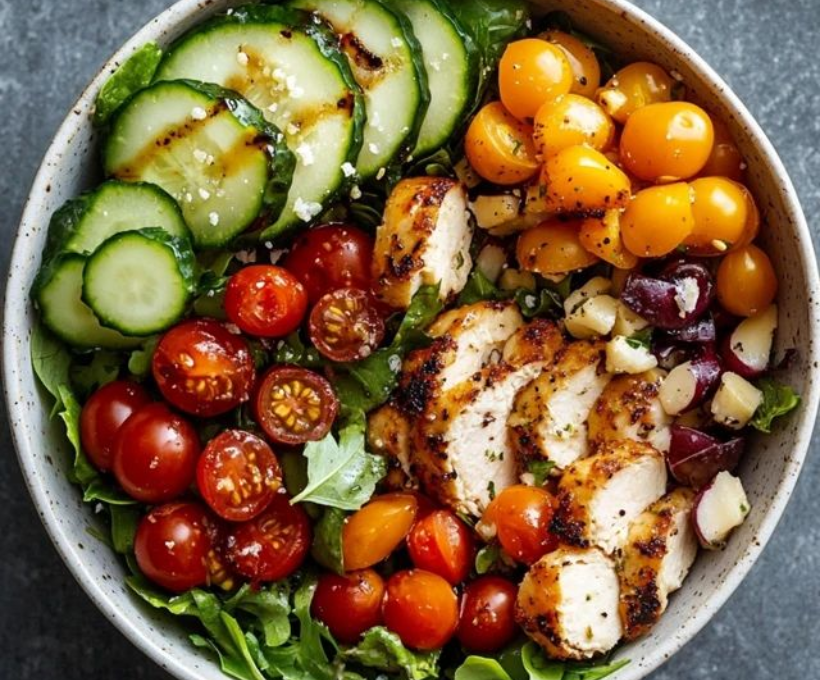Available at
Bhubaneswar & Bangalore

The Rise of Salad Popularity in India: Why and How It’s Becoming a Daily Choice
India’s salad transformation is a powerful reflection of changing lifestyles and evolving food habits. Once relegated to the side of the plate as a simple accompaniment, salads are now taking center stage on menus, at homes, and in delivery apps as full, balanced meals. Here’s why and how this healthy revolution is gaining traction day by day:
1. Health Consciousness Takes the Lead
Modern Indians, especially millennials and Gen Z, are more health conscious than ever. Concerns over obesity, diabetes, and lifestyle diseases have prompted a nationwide shift toward nutritious, low-calorie foods—with salads emerging as a favorite. Packed with fiber, vitamins, and antioxidants, salads help manage weight, boost heart health, improve digestion, and even enhance skin radiance and immunity.
2. Global Influences and Social Media Inspiration
Exposure to international cuisines via travel, social media, and food blogs has acquainted urban Indians with global salad trends. Instagrammable “rainbow bowls” and stories about superfoods have made salads fashionable, tasty, and appealing. Influencers and celebrities often post vibrant, colorful salad shots, inspiring their followers to try these dishes at home or order them from trendy salad bars.
3. Accessibility of Fresh Produce
The growth of supermarkets, online grocery stores, and quick-commerce platforms means fresh, quality vegetables and exotic ingredients like avocados, kale, and lettuce are now available in even smaller cities. Modern farming methods and improved logistics ensure a steady supply of both classic and innovative salad ingredients throughout the year.
4. Rise of Salad Bars, Cloud Kitchens, and Delivery Models
Entrepreneurs have identified the growing demand, resulting in the launch and rapid expansion of dedicated salad cafés, QSR (quick-service restaurants), and cloud kitchens. Platforms like Swiggy and Zomato make ordering a fresh salad as easy as tapping your phone, while customizable salad bowls and subscription meal plans cater to personal preferences and busy lifestyles.
5. Customization and Taste Innovation
The modern Indian consumer craves personalization. Whether you’re vegan, keto, protein-focused, or simply seeking variety, salads can be easily adapted—think local beans, paneer, seeds, sprouted grains, and even traditional chutneys. Creative flavors keep salads fun and culturally relevant, bridging the gap between Western concepts and Indian tastes.
6. Pandemic Effect on Food Choices
The COVID-19 pandemic rapidly accelerated the healthy eating trend. With immunity and preventive care taking priority, Indian families started to value salads not just as a side dish but as a primary way to enhance nutrition, boost immunity, and stay fit—carrying this habit into the post-pandemic era.
7. Sustainability and Local Sourcing
Salads made with local, seasonal vegetables help reduce the carbon footprint and support local farmers’ economies. This eco-conscious approach resonates with young consumers who are increasingly mindful about where their food comes from.
Conclusion
Salads are becoming a symbol of a larger, smarter food movement in India—a shift from merely satisfying hunger to truly embracing health, wellness, and culinary creativity. As fresh produce becomes more accessible, social influences change eating habits, and taste innovations multiply, it’s clear: the salad trend is more than a passing fad. It’s an everyday revolution making India healthier, one bowl at a time.
